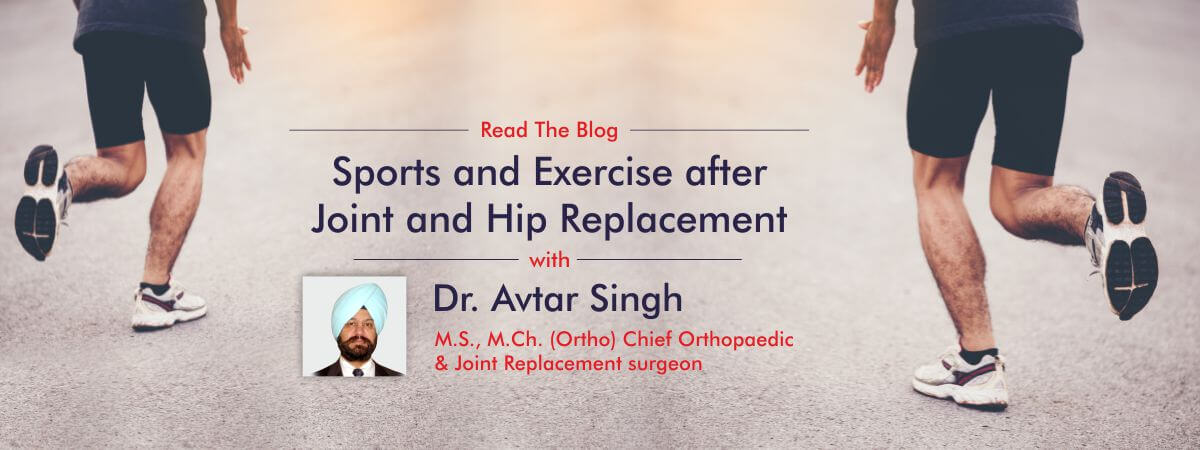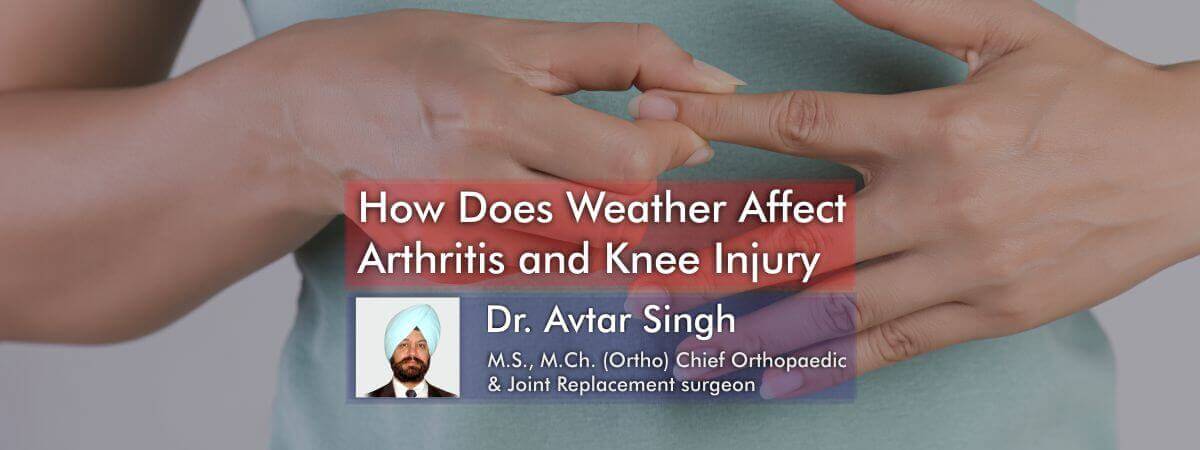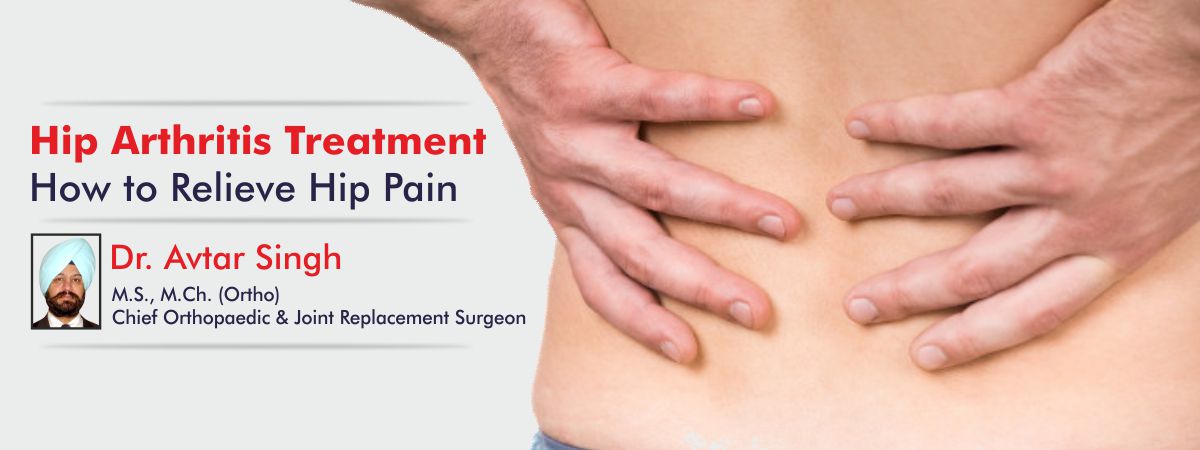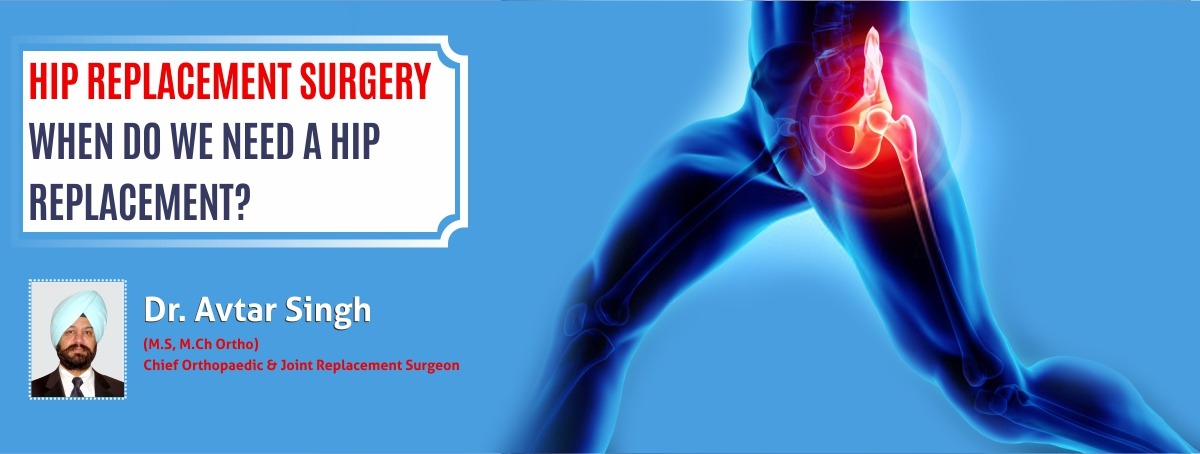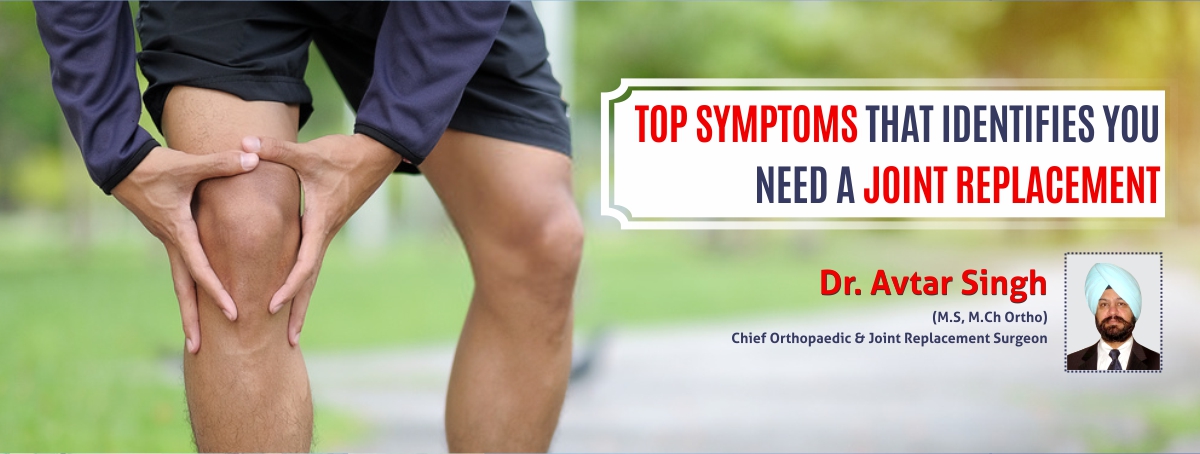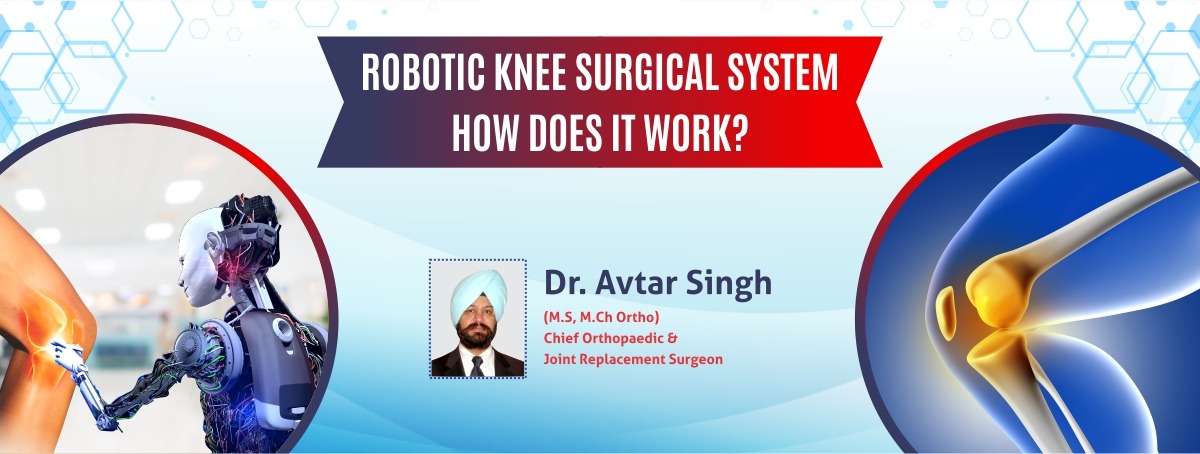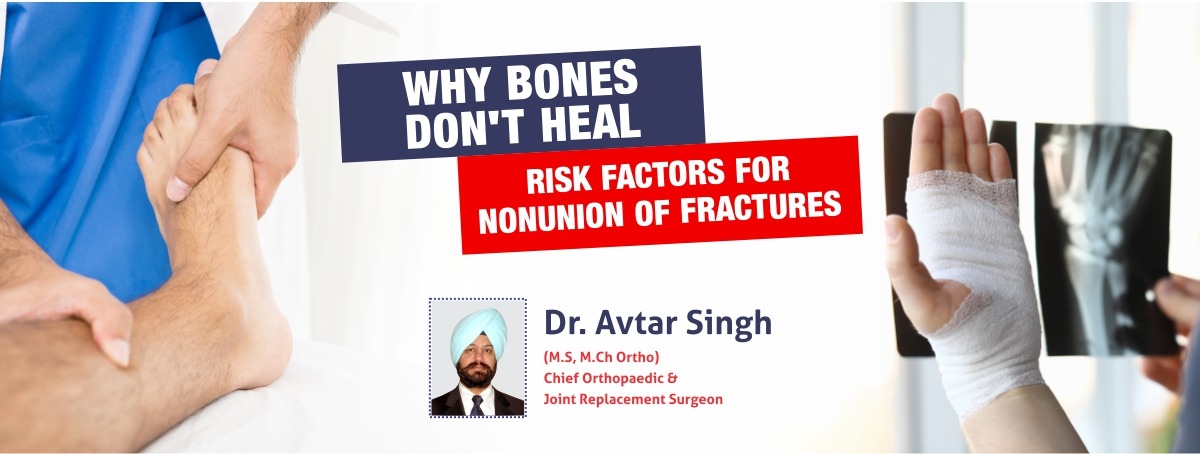Sports and Exercise after Joint and Hip Replacement
A hip replacement or a joint replacement might be the ticket to a relative healthier and more active lifestyle. Dr. Avtar Singh, the best joint replacement surgeon in Amritsar, advocates that people can resume to most of the sports and activities that they found painful and complicated to do before the surgery. However in most cases, one can return to his/her normal activities after about 12 weeks of time. But the word of caution here is, you should consult your doctor or joint replacement surgeon before embarking upon any new sport or physical activity.
Besides this as the best hip replacement surgeon in Amritsar, Dr. Avtar Singh has gained immense experience in this medical field by performing quite a number of surgeries. Therefore, as per his experience for successful and complete healing, one needs to put efforts to regain the strength, but under the supervision of your respective surgeon. Subsequently, below given are a few instances of low-impact sports and activities that you should be able to perform, once you have recovered from your surgery.
3 exercises that help you feel better after hip replacement or joint replacement
Just after your joint replacement or hip replacement surgery, while you are recovering, Dr. Avtar recommends performing some of the simplest exercises. You can also do these, even when you are still in the hospital. Post the hip or joint replacement surgery, contraction of the leg muscles might seem like a habit. These exercises will aid your body in getting back to its normal functionality.
The main reason behind these exercises is to amplify the blood flow throughout the legs, which further reduces the swelling and helps you recover faster. Some of the easiest and effective post-operative surgeries are laid down which can be performed after both hip replacement surgery and joint replacement surgery.
Arc- Quad Exercise
Just lie flat on your back on the floor and place a rolled cloth or towel beneath your ankle. Now press the ankle downwards against the towel. You will observe your knee getting straightened and then you can slightly raise off the surface on which you are lying. Now prevent the bouncing motion and try to hold the erected position for at least 5 seconds. Following that you can relax your leg. Try to repeat this exercise at least 10 times.
Hamstring Contraction
In this exercise, you are supposed to lie on your back and curve your knee at an angle of 10-15 degrees with your feet placed on the floor. Now let your legs stay still and then press your heels into the floor. This movement will make your hamstring muscles contract. Now hold this position for at least 5 seconds. And then relax and repeat this movement 10 times.
Ankle Pumps
Again lie on your back on the floor. Then bend your foot back and forth with your toes pointing downwards. This exercise will enhance the flow of blood through the legs which again helps in reducing the swelling and accelerate the healing process.
Post Surgery Sports
With proficiency in surgeries and being the best joint replacement surgeon in Punjab, Dr. Avtar Singh does not recommend high-stress sports to be pursued after the joint or hip replacement surgery. On the contrary, those who engage in high-intensity sports such as hockey, jogging, mogul skiing, soccer, gymnastics and rock climbing are most prone to wearing out, breaking or loosening of the artificial joints.
As per the experience of Dr. Avtar Singh, those who are below 50 years and have undergone a replacement surgery, exhibits that 95% of them stay intact even after 10 years of the operation. Subsequently, there are certain low-intensity sports that one can pursue after the surgery. These are:
Golf
It is considered to be a great way to walk and exercise most of the muscles both in the upper and lower part of the body. One should prevent from wearing spikes that have the risk of getting caught in the ground. Also while playing golf one should also ensure to maintain a good balance while striking the ball.
Moreover, sufficient warming up session should also be performed at the driving range before playing golf. And once you get on the course do not forget to use the golf cart. But you should always remember to consult your doctor if you experience any issue while playing this sport.
Rowing
Yet another sport to get your upper body and heart in good shape is rowing. It places really minimalistic stress on your joints and hips. Just ensure that you have set your seat on the machine appropriately to make your knees bent at 90 degrees or more.
Bowling
Although bowling is a safe sport to play after the surgery, you should always make a point to use a lightweight ball to lower the stress on the joints and hips. Also make sure, that if you feel any pain, just stop bowling right away and seek the doctor’s advice.
Double Tennis
This is a kind of sport that needs very less movement than that in singles. Therefore it is a great exercise without undue stressing on the joints or hips. In most of the cases, one can start playing tennis after 6 months of the surgery. Just ensure to abstain from running and playing your games low-impact.
Dr. Avtar Singh’s Piece of Advice
His experience in this medical stream professes that more than 90% of his patients who had undergone joint replacement surgery or hip replacement surgery experience very little or almost no pain with a feeling of overall improved quality of life. A consistent and prescribed workout and sports can help the patients monitor their weight and also reduce the wear and tear of the artificial parts implanted.
But as a word of caution Dr. Avtar Singh also advocates that rushing into activities even before the complete recovery might lead to an array of complications. Therefore it is highly important to adapt to your routine slowly and gradually to create your way to an extensive workout routine.
